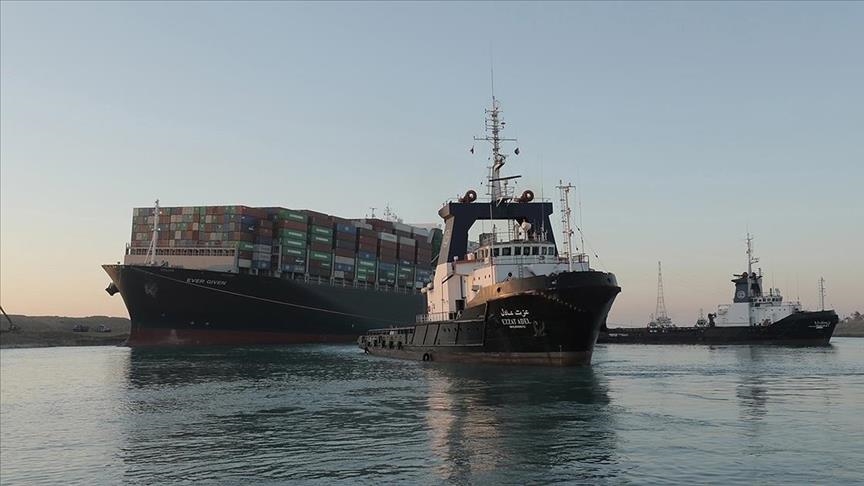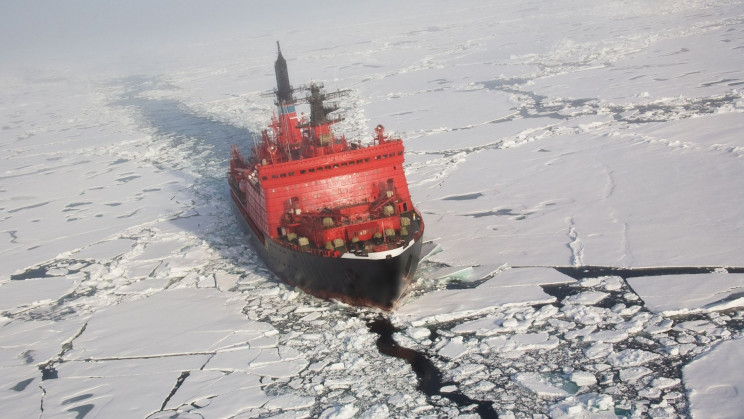The Northern Passage (abbreviated as NEP) is the shipping route between the Pacific and Atlantic oceans, along the Arctic coasts of Norway and Russia. Under extreme icy conditions, the path is not accessible throughout the year without the aid of icebreakers.
Russia has invested heavily in developing the Northern Sea Route that allows ships to cut the journey to Asian ports by 15 days compared with the conventional route through the Suez Canal. According to an AFP report published in Digital Journal, nearly 274 billion rubles of state money ($3.7 billion approx.) will be invested in the development of the path by 2024.

As the route becomes increasingly free of ice due to climate change, Moscow plans to use it to export cargo in overseas markets throughout the year by 2030.
The Russian government emphasizes that the path is substantially shorter than the Suez Canal route. The Russian authorities declared the North Sea route “a possible alternative” when Ever Given stopped the Suez Canal earlier this year.

Russia is planning to increase traffic by 2024 from 33 million tonnes of freight in 2020 to 80 million tonnes, according to the AFP report. By 2035 it will then quadruple it to 160 million tonnes. The Suez Canal permits 1 billion tonnes of cargo to flow each year.
Rosatom, a Russian state-owned atomic energy company, will build the pathway with an icebreaker fleet. According to the company, 735 billion rubles ($10 trillion) would be invested in the project by 2024, of which 274 trillion will be government funds.
In addition to expanding the North Sea Passage, Russia hopes to gain access to the resources in the Arctic region as ice cover decreases. For this reason, Russian President Vladimir Putin considers Arctic development a strategic priority.

“The Arctic region has enormous potential,” Russian Deputy Prime Minister Alexander Novak explained earlier this month. “In terms of resources, we’re talking about 15 billion tonnes of oil and 100 trillion cubic meters of gas. Enough for tens if not hundreds of years,” he explained.
Russia will use nuclear-powered icebreaking devices such as the “50 Years of Victory,” which reached the North Pole this summer, to fulfil its aims. In the next five years, Rosatom wants to build 4 more nuclear-powered vessels. Each one costs more than $400 million to build and can take up to seven years to complete.
Of course, Russia’s Arctic development ambitions have sparked global outrage, as they want to harvest fossil fuels due to declining ice coverage caused by climate change. Nonetheless, the country is unlikely to relent in its pursuit of a sea channel that can compete with the Suez Canal.


